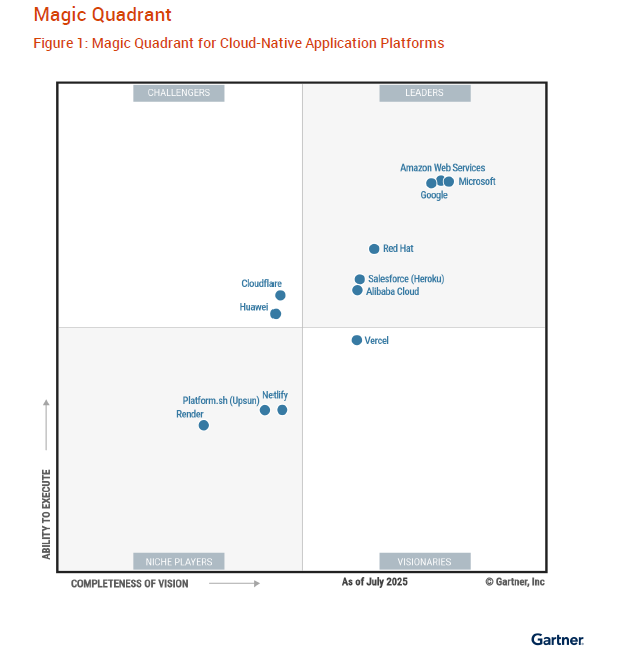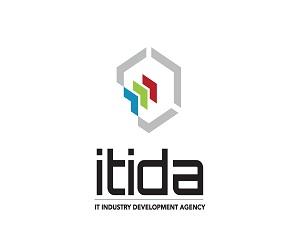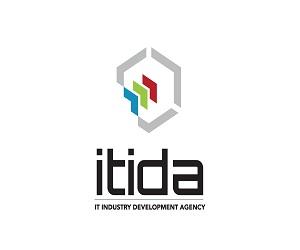Mohammed Amin,
Senior Vice President, Central Eastern Europe, Middle East, Turkey,
Africa (CEEMETA) Dell Technologies.
If trust is the true currency in today’s competitive business
environment, then Zero Trust is the ultimate measure of an
organization’s cyber resilience posture.
Today, in an era dominated by rapidly evolving digital landscapes and
relentless cyber threats, the need for a robust Zero Trust
cybersecurity strategy has never been more critical. According to
the World Economic Forum's Global Risk Report 2023, widespread
cybercrime and cyber insecurity feature among the top 10 risks facing
economies within the next ten years.
For most businesses today, navigating security is like trying to make
your way through a high-stakes labyrinth with many different,
complicated passageways that make it hard to reach the destination.
Zero Trust can help ease this journey. The Zero Trust security model
reverses the conventional approach of "trust, then verify." Instead,
it champions "never trust, always verify," urging organizations not to
automatically place trust in any user, device, or network, whether
internal or external.
A good cyber resilience posture starts with knowing who or what has
access to your company’s vital assets. Deploying a Zero Trust
architecture within your infrastructure gives you peace of mind that
the integrity of your devices, applications and data are secure.
Across the world, as organizations mark Cybersecurity Awareness Month
this October, here are five ways in which they can practice and fully
harness the potential of Zero Trust.
1. No Trespassing: Hackers, as the saying goes, do not break in, they
log in. Hackers often prioritize stealing login information rather
than defeating security controls. Zero Trust can help by implementing
multifactor authentication (MFA) to restrict API and user access.
2. Limit Freedom of Movement: Once hackers breach a system, they
typically acquire the freedom to navigate the entire network. Advanced
Zero Trust systems focus on privileged access management, controlling
how access is authorized and used, and removing privileges in case of
abuse.
3. Minimize Area of Impact: Zero Trust minimizes cyberattack damage by
restricting the reach of unauthorized users or malware. It limits the
impact of an attack, confining it to a specific user and application.
Network resets when users switch tasks prevent attacks from spreading
across the organization.
4. Cut Down on Entry Points: An excessive number of entry points such
as remote work, interacting with customers through a phone app, and
connecting remote devices with the main office or Bring Your Own
Device (BYOD) setups leads to an increase in attack surface and
expands the potential access points for hackers. Zero Trust ensures
devices meet specific criteria before joining the network.
5. Swiftly back on your feet: Cyberattacks happen fast and often when
they're least expected, causing significant financial damage. That's
why it's crucial to act swiftly and get back to normal operations. An
advanced Zero Trust solution continuously monitors both good and bad
system behavior and speeds up the security response as soon as threats
occur.
The paradigm shift to Zero Trust in cybersecurity is a necessary
response to the evolving threat landscape and the changing nature of
work. Embracing Zero Trust is not without its challenges.
Organizations must embed the Zero Trust philosophy within their
business culture, and this requires a cultural shift and investments
in technology and training, but the benefits far outweigh the
challenges, making it a worthwhile endeavor.
It's time to embrace Zero Trust as the new standard in cybersecurity
and fortify our defenses in this ever-changing digital age














































































